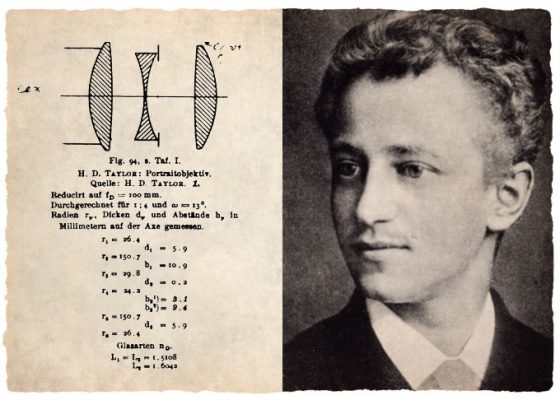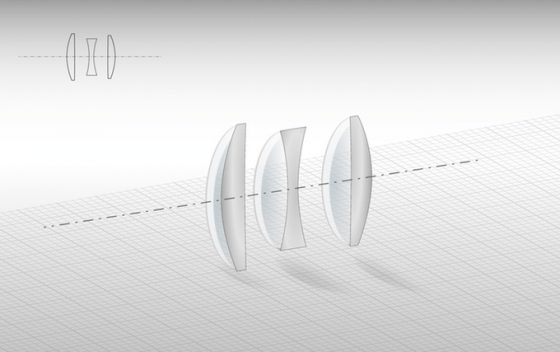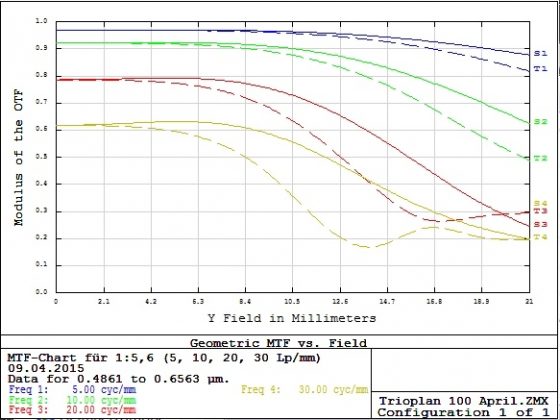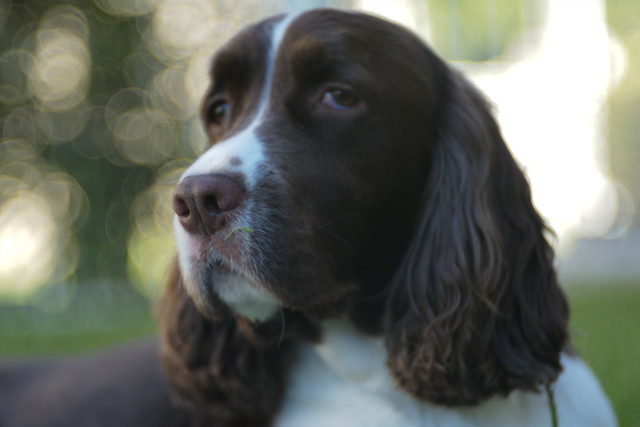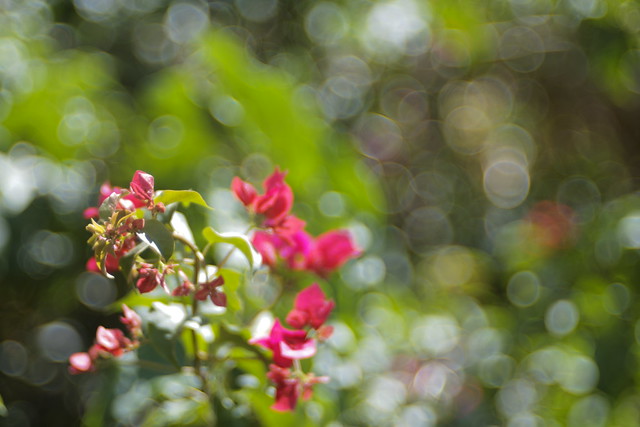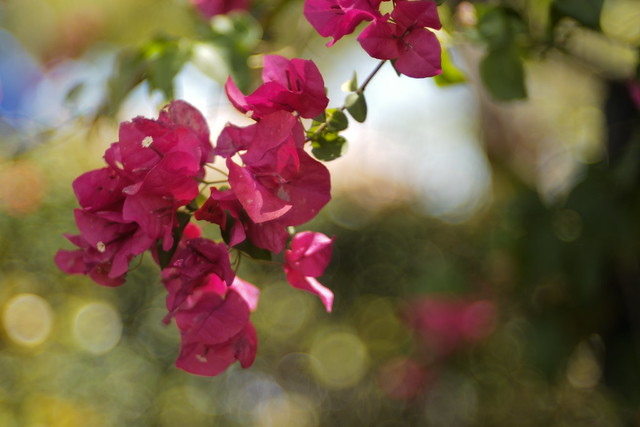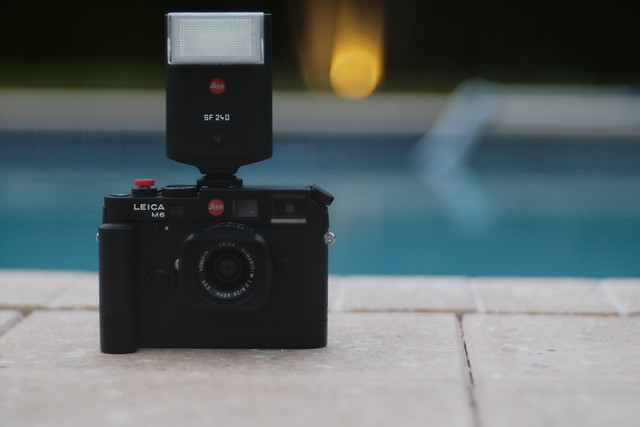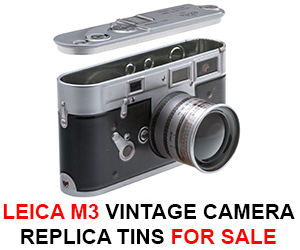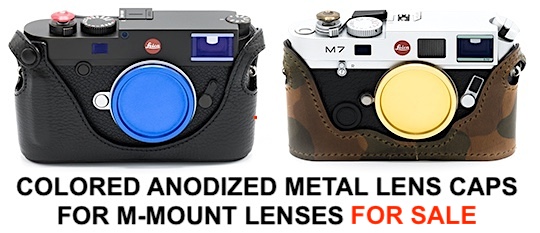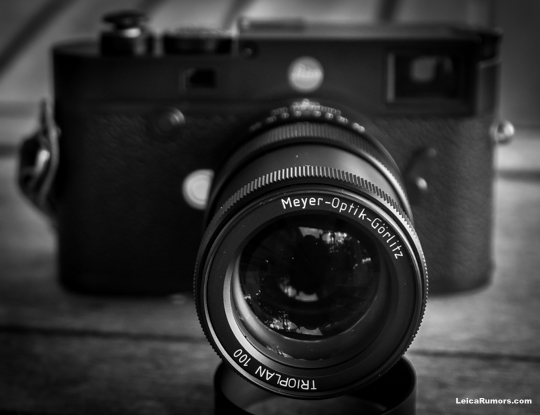
The Meyer-Optik Trioplan 100mm f/2.8 is a full frame lens that is known for its “soap bubble bokeh”. The lens was born from a Kickstarted project in 2015 that raised almost $360,000 and is now available for purchase at B&H. The lens comes in many different mounts, including Leica M. Limited edition titanium and gold plated versions are coming soon. The company also produces 50mm f/2.9, 58 f/1.9 and 75mm f/1.9 lenses for M mount and currently have an ongoing Kickstarter for a new Trioplan 35mm f/2.8. Later this year a new Primagon 24mm f/2.8 lens will be announced (priced at $5,499)
Here is a quick report on using the Meyer-Optik Trioplan 100mm f/2.8 lens for M mount ($1,599) on the Leica M10 camera, but first a brief history of the lens:
History
The original Trioplan was created by Hugo Meyer in 1916. It was based on the Cooke-Triplet, designed by Harold Dennis Taylor in 1893. The Trioplan was one of the first affordable lens constructions that allowed a relatively high optical correction, an extraordinary sharp center, and a high maximum aperture. When used wide-open at f2.8, especially when exposed to backlight, the Trioplan shows its famous character, its bokeh, known as the soap bubble bokeh. The Trioplan is an exceptional lens to create stunning photographs (source)
Technical specifications:
- Focal Distance 100 mm
- Maximum Aperture 1:2.8
- Focusing Distance 1 m
- View Angle +/- 12° (full format equivalent 24 x 36)
- Filter 52 mm
- Number of aperture blades: 15
- Available mounts: Canon, Fuji X, M42, Micro-Four-Thirds, Nikon and Sony E
The Meyer-Optik Trioplan 100mm f/2.8 lens has a simple 3 elements design:
Hands-on review
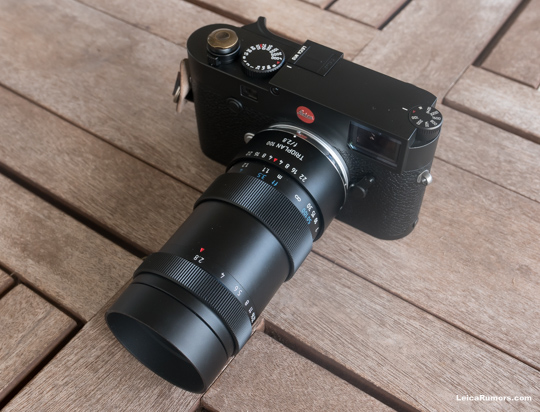
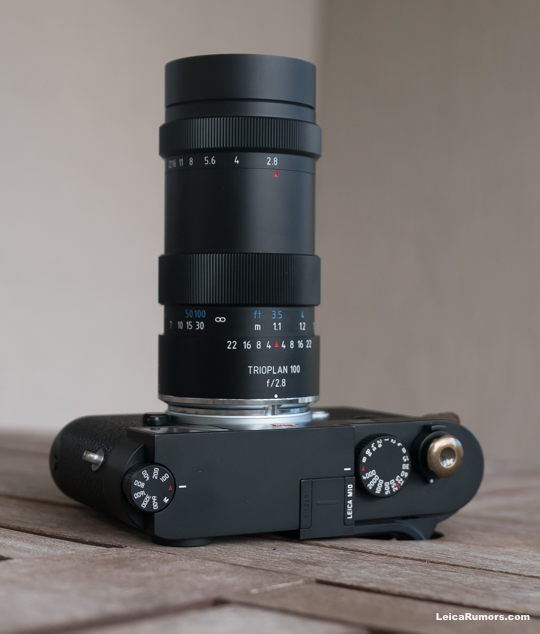
The lens has no rangefinder coupling and focus peaking cannot be activated because this is a low-contrast lens. I will not recommend using this lens on a Leica M9/M-E or a film M camera because you basically won’t be able to focus correctly. You will need LiveView and this is the only, not so easy way, to focus the Trioplan 100mm f/2.8 lens.

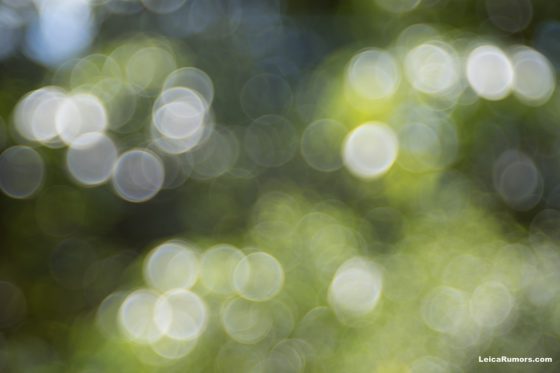
In order to get the “soap bubble bokeh”, Meyer-Optik recommends using the lens at 1.1m, wide open at f/2.8, with the background at approximately 5-10 meters away:
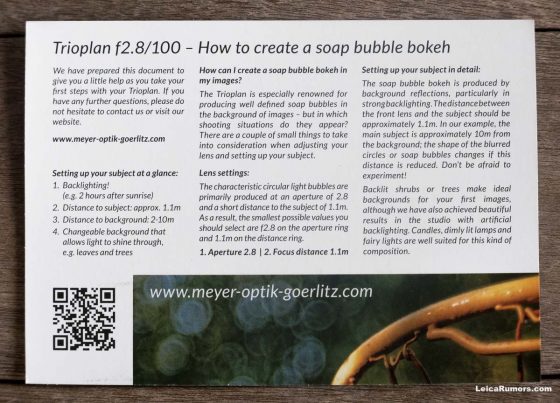
For me, the easiest way to use the lens was to set the focus at the minimum 1.1m, aperture wide open at f/2.8 and actually move the camera back and forth while monitoring the screen in live view for the best focusing distance (focus bracketing).

The problem is that at 1.1m, a 100mm lens at f/2.8 has a depth of filed of approximately .2 cm or 0.7 in. You also have to make sure you leave enough space in the background in order to get that “soap bubble bokeh”.
Sample photos
Here are a few sample photos all taken at f/2.8 (the jpg files are straight from the camera, no correction or post processing applied, full resolution JPG files available on flickr):
More sample photos available here:
Conclusion
Pros:
- Tight focusing ring (I personally happen to like this, but it could be an issue for some)
- Lens hood included (metal)
- Distance scale in both meters and feet
- Solid build – all aluminum body
- 5-year warranty
Cons:
- Soft when wide open (gets better when stopped down)
- Low contrast lens (you cannot use focus peaking)
- Clickless aperture (for some this might be a plus)
- Not easy to focus
- Reversed aperture ring: f/2.8 is on the right, f/22 is on the left
- Minimum focusing distance is 1.1m /3.5ft
- Expensive ($1,599)

